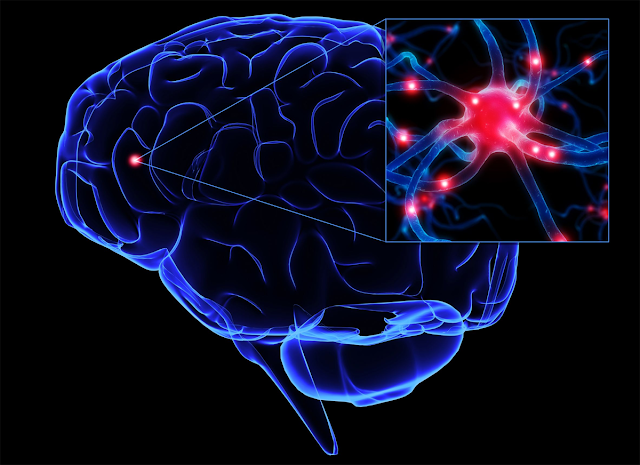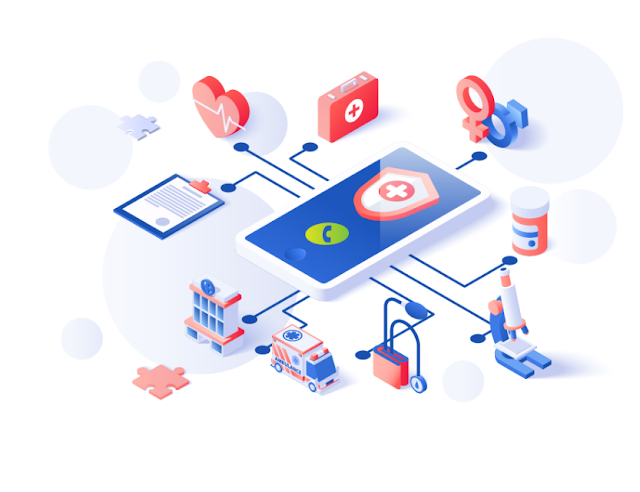The Neuroscience of Decision-Making: Insights for Effective Business Strategies
In the world of business, decision-making is a fundamental skill that can make or break an organization's success. Understanding the underlying mechanisms of decision-making has long been a subject of interest, and recent advancements in Neuroscience have shed light on the cognitive processes and neural networks involved. By harnessing these insights, businesses can develop more effective strategies and optimize their decision-making processes.
Neurobiology research has revealed that decision-making is a complex interplay between cognitive, emotional, and social factors. The brain employs various regions and networks to evaluate options, assess risks and rewards, and ultimately arrive at a decision. For instance, the prefrontal cortex, a region associated with higher cognitive functions, plays a critical role in weighing pros and cons and making rational choices.
On the other hand, the limbic system, responsible for emotions, influences decision-making by integrating feelings and intuitions. By understanding these neural processes, businesses can tailor their strategies to resonate with both rational and emotional aspects of decision-making.
One important insight from Neuroscience is the impact of cognitive biases on decision-making. Our brains are prone to biases, which can lead to suboptimal choices and flawed strategies. By recognizing and addressing these biases, businesses can mitigate their impact and improve decision-making outcomes.
For example, confirmation bias, the tendency to seek information that confirms preexisting beliefs, can hinder objective evaluation of alternatives. By fostering a culture of open-mindedness and encouraging diverse perspectives, organizations can counteract this bias and make more informed decisions.
The global Neuroscience Market is anticipated to reach US$ 32.75 billion in 2023 and is projected to grow at a CAGR of 4.1% from 2023 to 2030.
Neurobiology also highlights the role of emotions in decision-making. Emotions can influence judgments, preferences, and risk-taking behaviors. Businesses can leverage this knowledge to shape their strategies and marketing campaigns to evoke specific emotional responses in their target audience. By understanding the emotional triggers that resonate with customers, businesses can create more compelling and persuasive messaging, leading to increased engagement and customer loyalty.
Furthermore, Neuroscience emphasizes the importance of social factors in decision-making. Humans are social beings, and our decisions are influenced by social norms, peer pressure, and social comparisons.
Businesses can tap into this social dimension by incorporating social proof, such as testimonials and user-generated content, to influence customers' decision-making processes. By understanding the underlying neural mechanisms of social influence, businesses can design effective social marketing strategies that capitalize on the power of social networks and communities.
Applying neurobiology insights to business strategies also involves optimizing the decision-making process itself. Neurobiology research has shown that factors such as stress, fatigue, and information overload can impair decision-making abilities. By creating an environment that minimizes stress, promotes well-being, and provides the necessary cognitive resources, businesses can enhance the quality of decisions made by their employees.
Additionally, leveraging technology, such as data analytics and artificial intelligence, can assist in processing large amounts of information and providing data-driven insights, leading to more informed and efficient decision-making.
The emerging field of Neuroscience offers valuable insights into the intricacies of decision-making processes. By understanding the neural mechanisms, cognitive biases, emotional influences, and social factors that shape decision-making, businesses can develop effective strategies to optimize their decision-making outcomes.
By incorporating these insights into their practices, organizations can gain a competitive advantage, make more informed choices, and ultimately drive success in the dynamic and ever-evolving business landscape.



Comments
Post a Comment